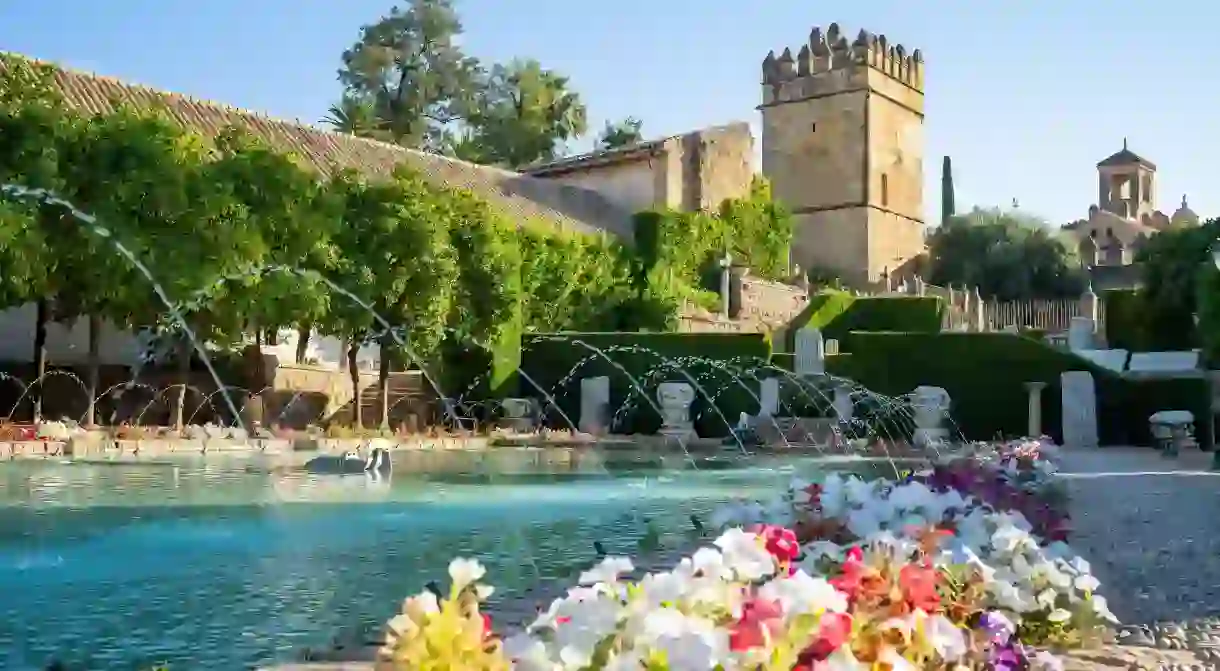Must-Visit Gardens in Córdoba, Spain

Gardens, patios and courtyards are part of Córdoba’s Unesco-protected cultural heritage. There are dozens of these colourful, carefully maintained spaces throughout the southern Spanish city, especially during May when houses in the oldest neighbourhoods open their courtyards to the public as part of the captivating Fiesta de los Patios. Read on for Culture Trip’s choice of the most beautiful gardens in Córdoba, Andalusia.
Palacio de Viana
Building

Fiesta de los Patios
Natural Feature, Architectural Landmark
May is, without doubt, the best time of year to visit Córdoba. For about 12 days, around 50 houses in the city’s oldest quarters open up their flower-filled courtyards to the public as part of the hundred-year-old, Unesco-protected Fiesta de los Patios. At the end of the festival, the owners of the prettiest patios receive a prize. All of the courtyards (except those in the Palacio de Viana) are free to enter, and the vast majority belong to private houses. Notable courtyards in public buildings include those at the local university’s law department and the grand Círculo de la Amistad social club.
Jardines de la Victoria
Park

The western limit of Córdoba’s old town is marked by the Jardines de la Victoria (Victoria Gardens), a shaded promenade of palm trees and fountains named after a convent that occupied this site until the 19th century. There’s also a bandstand where live music is frequently performed, especially during summer. The gardens are a popular spot in the early evening when cordobeses take advantage of the cooler temperatures to stroll, see and be seen and catch up with neighbours (a daily ritual that’s called a paseo in Spanish). At the gardens’ centre is the Mercado Victoria – a covered market of fusion takeaway stalls and modern tapas bars.
Jardines de la Merced
Botanical Garden
Attractive flower beds, tall trees and shaded benches make the Jardines de la Merced (Merced Gardens) an ideal retreat from the city centre and the summer heat. They lie at the centre of Plaza de Colón, just over the road from a Baroque convent that now houses the provincial government’s offices. Their focal point is an elegant stone fountain dating from the late-19th century, built on the site of what used to be the city’s bullring. The smaller monument dedicated to the women of Córdoba was inaugurated in 2003; it celebrates the city’s historical connection with the Guadalquivir River.
Gardens of the Alcázar de los Reyes Cristianos
Bridge, Park














